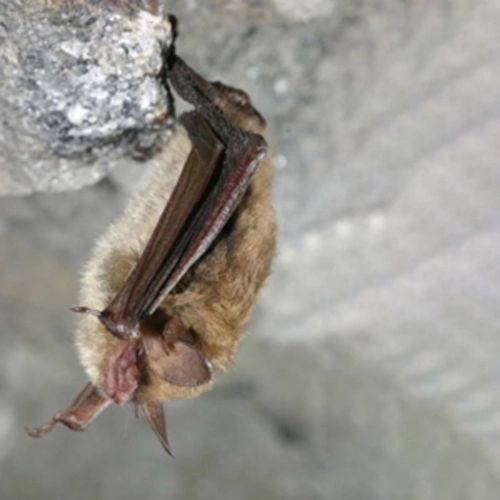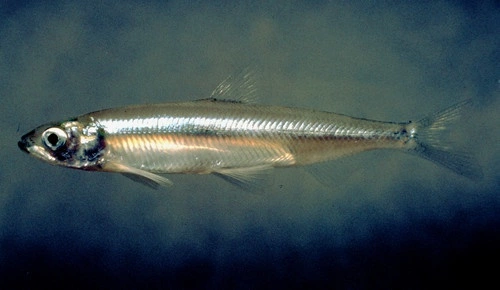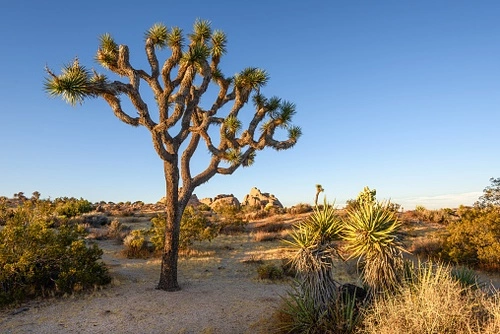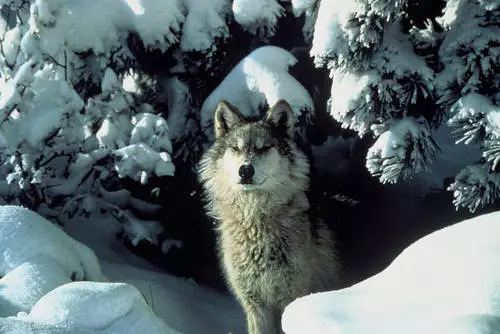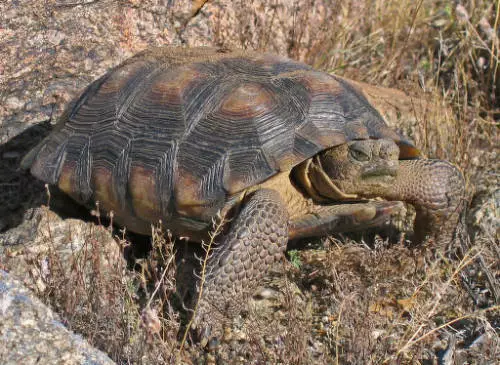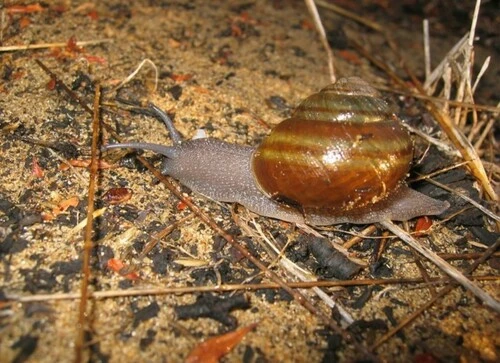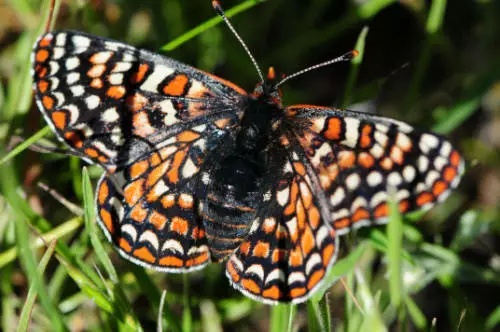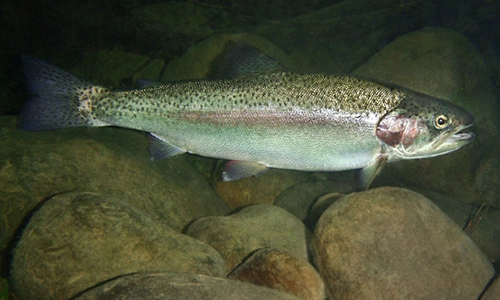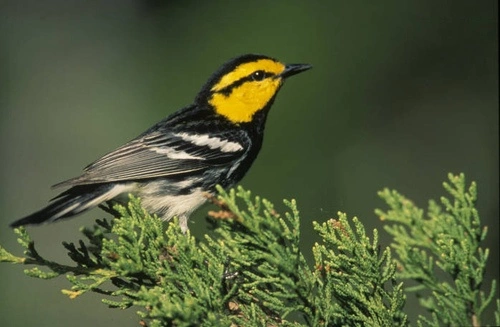The U.S. Fish and Wildlife Service (Service) has announced its proposal to list the northern long-eared bat (Myotis septentrionalis) (NLEB) as endangered under the Endangered Species Act (ESA) (Proposed Rule). While Service policy indicates the agency should identify in a listing rule activities that would or would not result in a violation of the “take” prohibition set forth in section 9 of the ESA, the Service indicates in the Proposed Rule that it is unable to identify specific activities what would not violate the take prohibition. The Service points to the need for ...
Last Friday, the U.S. District Court for the Eastern District of California issued an order on competing motions in the coordinated cases challenging the 2019 biological opinions (BiOps) that govern operation of California’s State Water Project and the federal Central Valley Project (Projects). The hefty order, which spanned over a hundred and twenty pages, attempted to distill the thousands of pages of briefing the parties submitted on the matter. Admittedly, stakes were high: these two Projects supply water to more than 25 million Californians and to farmers across the ...
On February 9, 2022, the U.S. District Court for the District of Colorado found that the Bureau of Land Management (BLM) violated the Endangered Species Act (ESA) when it failed to reinitiate consultation with the U.S. Fish and Wildlife Service (Service) prior to approving oil and gas leases. BLM had issued the leases for parcels of land in Southwest Colorado located within Gunnison sage-grouse (Centrocercus minimus) habitat and other proposed and existing areas of environmental concern.
The ESA requires federal agencies to review federal actions “at the earliest possible time ...
On February 16, 2022, a California state court upheld protections afforded the western Joshua tree (Yucca brevifolia) under the California Endangered Species Act (CESA). The ruling came in connection with a lawsuit filed by the California Construction and Industrial Materials Association and others (Plaintiffs), alleging that the California Fish and Game Commission (Commission) failed to abide by its own rules in finding a petition to list the western Joshua tree indicated listing the tree may be warranted. A Commission finding that listing a species under CESA may be warranted ...
Last week, a decision out of the U.S. District Court for the Northern District of California restored Endangered Species Act (ESA) protections for the gray wolf (Canis lupus) across most of the contiguous United States.
In 2020, the U.S. Fish and Wildlife Service (Service) issued a final rule removing federal protections for the last two remaining gray wolf entities listed as threatened or endangered under the ESA. The final rule asserted delisting was warranted because neither the Minnesota entity nor the 44-state entity qualified as a species, subspecies, or distinct population ...
On February 8, 2022, the U.S. Fish and Wildlife Service (Service) published findings on several petitions to list species under the Endangered Species Act (ESA), some of which have been highly anticipated.
Pursuant to an August 2020 settlement agreement between the Service, WildEarth Guardians, and Western Watersheds Project, the Service published a 12-month finding on a petition to list the Sonoran desert tortoise (Gopherus morafkai). The tortoise is patchily distributed across 68,600 square miles in the Sonoran Desert ecoregion of Arizona and Sonora, Mexico. In its 12-month ...
The U.S. Fish and Wildlife Service (Service) has issued a final rule reclassifying the Morro shoulderband snail (Helminthoglypta walkeriana) from endangered to threatened under the Endangered Species Act (ESA). The final rule also includes a rule issued under ESA section 4(d) to provide for the conservation of the species.
The Morro shoulderband snail, or banded dune snail, is a type of terrestrial snail named after the dark band on the shoulder of its shell. The species is typically found in dense clumps of grass, young patches of ice plant, and stockpiled anthropogenic ...
On January 25, 2022, the U.S. Fish and Wildlife Service (Service) issued a proposed rule to list the Sacramento Mountains checkerspot butterfly (Euphydryas anicia cloudcrofti) as endangered under the Endangered Species Act (ESA).
The Sacramento Mountains checkerspot butterfly is a small butterfly with dark brown, red, orange, and cream coloring, punctuated by black spots and dark lines, on its wings. The butterfly is a subspecies of the Anicia checkerspot, or variable checkerspot, in the Nymphalidae family, and is native to the Sacramento Mountains in south-central New ...
In July 2021, CalTrout submitted a petition to the California Fish and Game Commission (Commission) to list a population of the fish Oncorhynchus mykiss, referred to as the Southern California Steelhead or Southern Steelhead, as an endangered species under the California Endangered Species Act (CESA). The population extends from the Santa Maria River system on the central coast of California to the border with Mexico. ...
On January 12, 2022, the General Land Office of Texas (GLO) filed a lawsuit in the U.S. District Court for the Western District of Texas, challenging the U.S. Fish and Wildlife Service’s (Service) July 27, 2021 negative 90-day finding on a petition to delist the endangered golden-cheeked warbler (Setophaga chrysoparia) (Negative 90-day Finding). The Negative 90-day Finding is the second 90-day finding issued by the Service on the same petition to delist the golden-cheeked warbler.
GLO challenged the first 90-day finding, published on June 3, 2016, as arbitrary and capricious on ...
Nossaman’s Endangered Species Law & Policy blog focuses on news, events, and policies affecting endangered species issues in California and throughout the United States. Topics include listing and critical habitat decisions, conservation and recovery planning, inter-agency consultation, and related developments in law, policy, and science. We also inform readers about regulatory and legislative developments, as well as key court decisions.
Stay Connected
 RSS Feed
RSS Feed
Categories
- Alternative Energy
- Bald and Golden Eagle Protection Act
- Budget
- CEQA
- CESA
- Climate Change
- Congress
- Conservation
- Construction Projects
- Consultation
- Continuing Education
- Court Decisions
- Critical Habitat
- Delisting
- Endangered Species Act
- Event
- Fish & Wildlife Service
- Freedom of Information Act
- Government Administration
- Legal
- Legislation
- Listing
- Litigation
- Migratory Bird
- National Marine Fisheries Service
- NEPA
- Off Shore Wind
- Pacific Northwest
- project
- Publications
- Regulatory Reform
- Sacramento-San Joaquin Delta
- SEPA
- Speaking Engagements
- Supreme Court
- Texas
- Timberland
- Water Issues

